

2015-08-04 12:00:00 AM | 4115 ![]() Print
Print ![]() PDF
PDF
Today’s post will be about a curious topic on Bounce Rate a.k.a Exist Rate, and you will learn how to reduce your website Bounce rate or Exit rate.
Bounce Rate is Defined as the amount of web visit a web page receives from web visitors and exit out from the same web page without visiting other pages of the website. When you have an increase in Bounce rate that is not a good signal, bounce rate should be kept low as possible, a minimum of 50% is still considered high and anything higher than 50% only denotes your webpage has no commercial value.
You might also want to read How to analyze website traffic [link opens in new window]
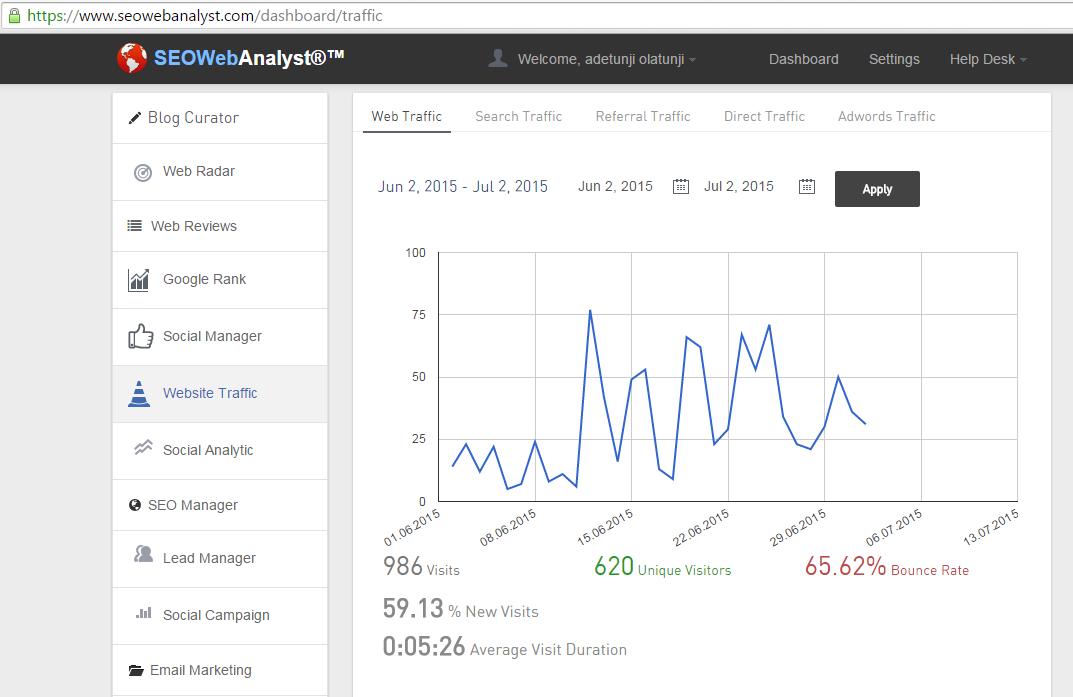
Website Bounce Rate Summary via SEO Web Analyst DashBoard.
From this definition, you can easily denote that a website whose bounce rate is high only states many issues about the webpage elements are very wrong. In order to get a better picture of how important the value of a Bounce rate matters to a website, and to simplify this case I will like to introduce you to the two notorious culprits behind higher bounce rates.
Most webmasters do fall short in understanding the elements of designing a webpage for the user and not for the client. Obviously, you are designing the webpage for your client but literary the webpage ought to appeal to the targeted audience or visitors to the site.
The factors responsible for bad user experience that cause increase in bounce rates are as follows;
All these factors contribute to Higher Bounce rate on a webpage, if your webpage takes much time to load, your web visitors will likely close your webpage or visit something else.
Images are something people find attractive and it adds to the aesthetic appeal of a webpage, but most webmaster get it all wrong when they mix up images to represent a particular reference on their website.
Leading to wrong perception about the site, and adding to this list of user’s perception is your webpage headlines, when they do not represent or summarize the title of your webpage. For instance, you click on a search phrase for “SEO WEB ANALYST” on Google and then land on a Dog Training website…or you see images that are not referencing what you “picture” about the site ought to be. This can casually lead to increase in bounce rate of that particular page, and the lack of not placing call to action buttons in the content of the webpage body, poor navigation system that do not make it easy for users to easily go through or click areas they will probably want to visit next on your webpage.
This is why when you design a website it is most cogent for you to perform a user experience test on your design, this will help you to get into your likely web visitors head and simulate what will be their individual reactions when they visit your web pages.
You can read more on 12 Things To Do When Designing Website User Experience Using User Testing.[Link opens a new tab]
2) Web Traffic Source:
The 2nd culprit responsible for an increase in bounce rate or exit rate is your webpage traffic source. If you make use of Google analytics, you will be able to check these sources from your dashboard. You can search for variables that cause this via the following criteria;
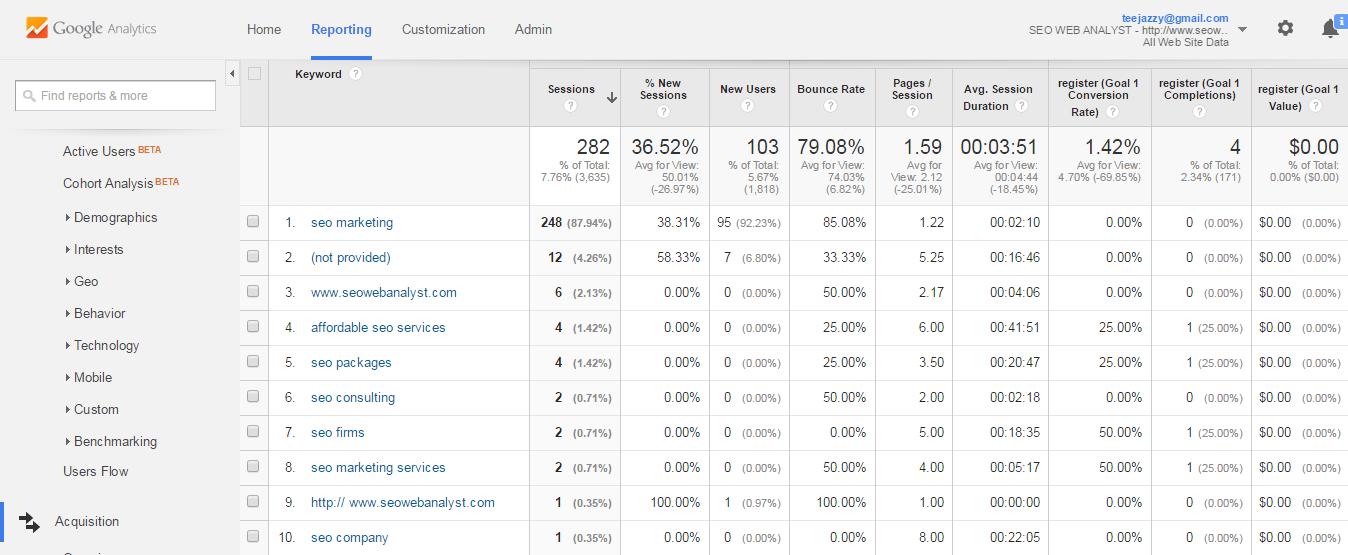
Your site can get traffic from keywords ranking on search engines, if you are performing (seo) search engine optimization or search engine PPCs like Google adwords. From your Google analytic dashboard you will be able to check the keywords that are sending you traffic, mostly the keywords with high bounce rates are keywords that are not targeted to the right audience and if you are having a lot of keyword bounce rates, then you need to change the keyword saturation on your site. It only tells you that the keywords web visitors are using to get to your webpage is not related or web visitors do not see any correlation.
Your web traffic keywords can speak volume if only you will listen to these signals and quickly make adjustments as stated above and try to focus on the keywords that are providing you with better bounce rate results.
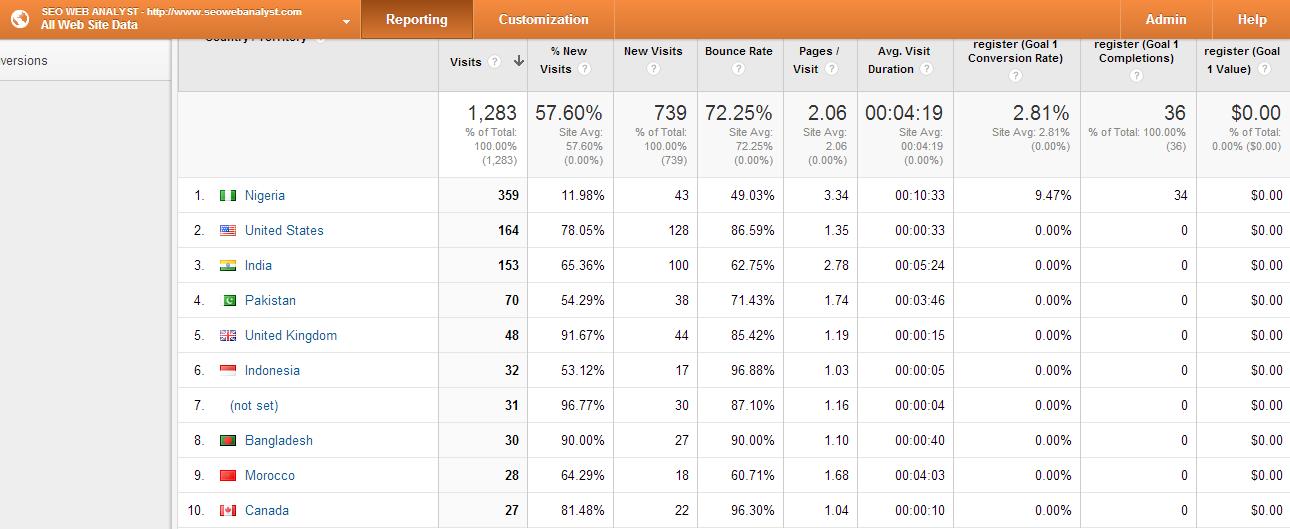
You can also check the country with the most visit to your web pages and check the bounce rate of each country visits. You can easily work around selecting your target country for campaigns that your page seems to appeal to for advert placement, to get traction from the right audience and demography.
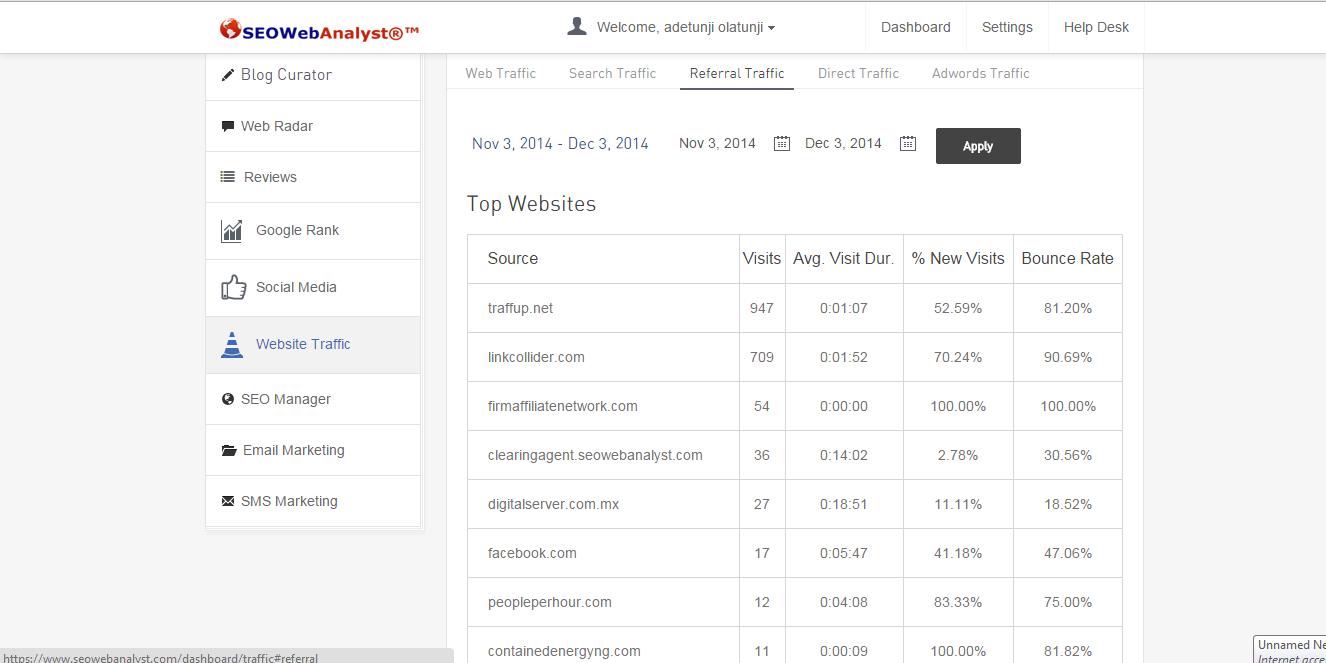
Where you get your traffic from can also be a major influence to your increase in bounce rate, simply focus on web traffic sources that yield reduce bounce rates and neglect those with increase bounce rates.
Now there is a misconception with the use of time spent and bounce rate, this two are not related at all, but the way webmasters arguable misuse them is quite breathtaking. A webpage time spent does not sum up to a better bounce rate or reads any meaning to an increase or reduce bounce rate. What a time spent on webpage dictate is to show you that your page is actually engaging or interesting. Pages with a higher time spent are mostly blog web pages, and they tend to have a higher bounce rate, due to the web visitors conception of reading the latest report.
Why you now have most blog post having links to new articles, trending or enagaging articles, so has to have their readers click through their blog post to another post on the blog.
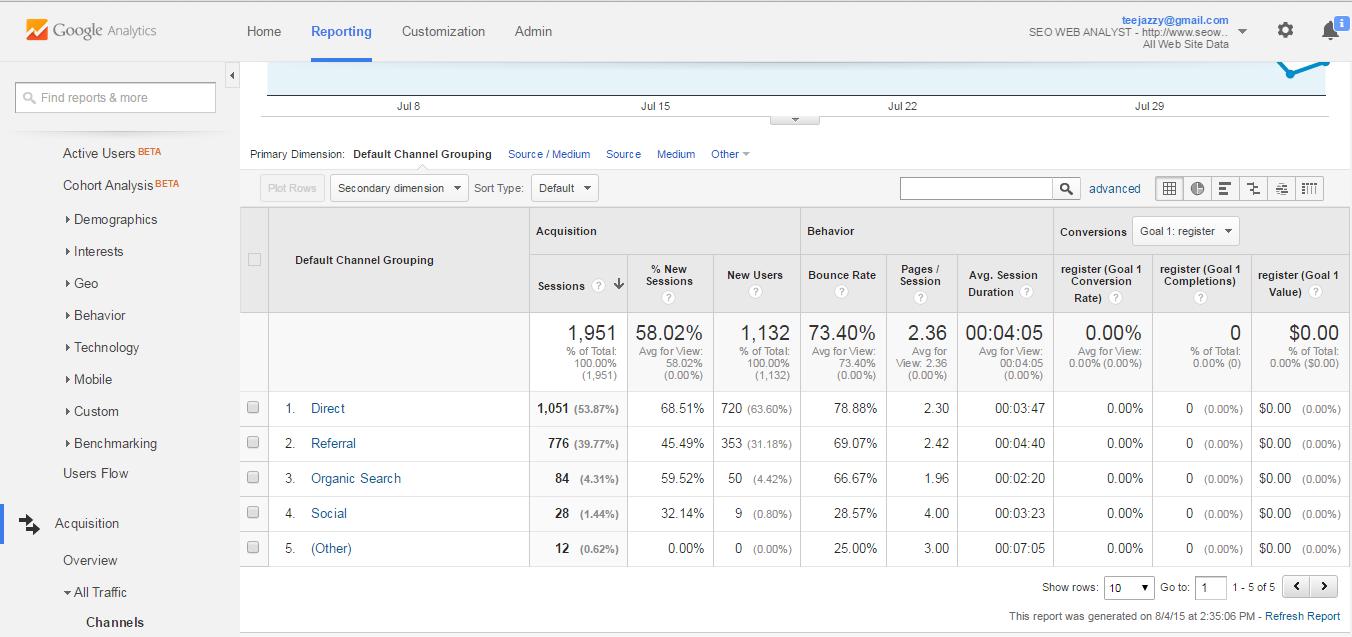
So to reduce your bounce rate, you do need to focus on your traffic sources, direct, referral, organic and social via Google analytic dashboard.
Mainly focus on does traffic sources and you will see an improvement in your bounce rate as it tend to drop.
Use this outlined explanations to work out your method of reducing your website bounce rate and I can promise you results that will gradually decrease or reduce your website bounce rates.
You can read more on How to analyze your website traffic [link opens in new tab]

I am a seo web analyst and have a love for anything online marketing. Have been able to perform researches using the built up internet marketing tool; seo web analyst as a case study and will be using the web marketing tool (platform).
How To Fix Cloudflare Error 522 Connection Timed Out
How To Optimize Cache Performance via HTACCESS Apache Server
How To Fix GA4 Showing Wrong Domain Traffic
How To Reactivate Google Adsense Account
How Do You Write Pitch Deck That Wins Investors
Effective Lead Magnet Funnel Examples For Businesses
How To Promote FMCG Products Using Digital Marketing
The Main Objectives Of SEO in Digital Marketing
How Artificial Intelligence Is Transforming Digital Marketing
Google CEO Sundar Pichai: Search will profoundly change in 2025